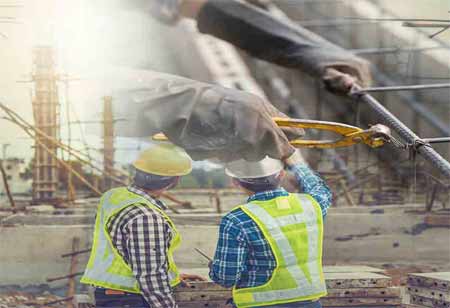Thank you for Subscribing to Construction Business Review Weekly Brief
Specials
- Apartment and Condominium Contractors Canada
- Decking Canada
- Architectural Glass Europe
- MEP APAC
- Construction Saudi Arabia
- German Apartment and Condominium Contractors
- Construction Law APAC
- Outdoor Construction
- Foundation Construction Canada
- MEP Canada
- Kitchen and Bath
- Cold Storage Construction APAC
- Precast Concrete Europe
- Construction Staffing Europe
- Pre-Construction Services
- Flooring System APAC
- Scaffolding Canada
- Swimming Pool Construction Canada
- Construction Management Canada
- Cold Storage Construction Canada
- Flooring Systems Europe
- Residential Construction
- Concrete Canada
- Construction Cladding Europe
- Construction Cladding APAC
- Concretes, Aggregates and Construction Materials APAC
- Concretes, Aggregates and Construction Materials Europe
- Commercial Contractors Europe
- Commercial Contractors APAC
- Dummy
- Construction Insulation, Coating and Waterproofing
- Construction Management APAC
- Landscaping Canada
- Construction Coating Europe
- Construction Tech Startups Europe
- Insulation Services Europe
- Mechanical Contractor Canada
- Mould Remediation and Testing Europe
- Swimming Pool Construction APAC
- Building Sealing Solutions Europe
- Construction Engineering Services
- Mechanical Electrical and Plumbing
- Roofing Systems Europe
- Architectural Glass APAC
- Startups APAC
- Construction Forensic and Owners Representative
- Flooring System
- Waterproofing APAC
- Wall Systems
- Safety and Compliance Europe
- Construction Bidding and Auctions
- Modular and Prefab Construction
- Architectural Glass
- Construction MENA
- Construction Demolition and Recycling Europe
- Modular Construction Europe
- Construction Interiors
- Steel Building APAC
- HVAC
- Doors and windows
- Construction Latam
- Building Information Modeling APAC
- Sustainable Construction APAC
- Building Restoration and Maintenance
- Commercial Contractors
- Specialty Construction
- Construction Engineering Canada
- Construction Engineering MENA
- Modular Construction Canada
- Modular Construction APAC
- Roofing and Siding Systems
- Workforce Management and Staffing
- Roofing Systems APAC
- Construction Consulting
- Steel Building Europe
- Construction Demolition and Recycling APAC
- Safety and Compliance APAC
- Concretes, Aggregates and Construction Materials
- Construction Cladding
Construction Aggregates: A Foundation for Success
Recycling concrete conserves natural resources and minimizes the amount of construction waste sent to landfills.

By
Construction Business Review | Thursday, February 20, 2025
Stay ahead of the industry with exclusive feature stories on the top companies, expert insights and the latest news delivered straight to your inbox. Subscribe today.
Recycling concrete conserves natural resources and minimizes the amount of construction waste sent to landfills.
FREMONT, CA: Sand, gravel, and recycled concrete are all significant construction industries. They provide materials for numerous kinds of building activities, including road and bridge construction, as well as residential and commercial projects. Using aggregates has several economic, environmental, and structural benefits. Aggregates are crucial to the structural integrity of concrete and asphalt, providing the bulk and stability needed for these materials to function properly. Including aggregates in concrete increases its compressive strength, making it appropriate for a wide range of building applications, from foundations and walls to bridges and highways.
Aggregates in asphalt contribute to its durability and load-bearing capacity, which is essential for constructing roads and pavements. The most significant benefit of using construction aggregates is cost-effectiveness. They are locally available in many regions, reducing transportation costs and the overall cost of construction projects. The availability and affordability of aggregates make them a practical choice for large-scale construction projects, helping to keep budgets under control while ensuring high-quality outcomes. Sustainable aggregate production and use practices contribute to the overall goal of reducing environmental impact in the construction industry.
Construction aggregates are incredibly versatile and can be used in various applications. Aggregates are a primary concrete component for building foundations, structural elements, and decorative features. Aggregates are used in the base, sub-base, and surface layers of roads, providing stability and durability to withstand heavy traffic loads. The industry can continue to develop robust, long-lasting structures that meet the demands of modern society while promoting sustainable practices. Their environmental sustainability, versatility, and contribution to economic growth further underscore their importance.





